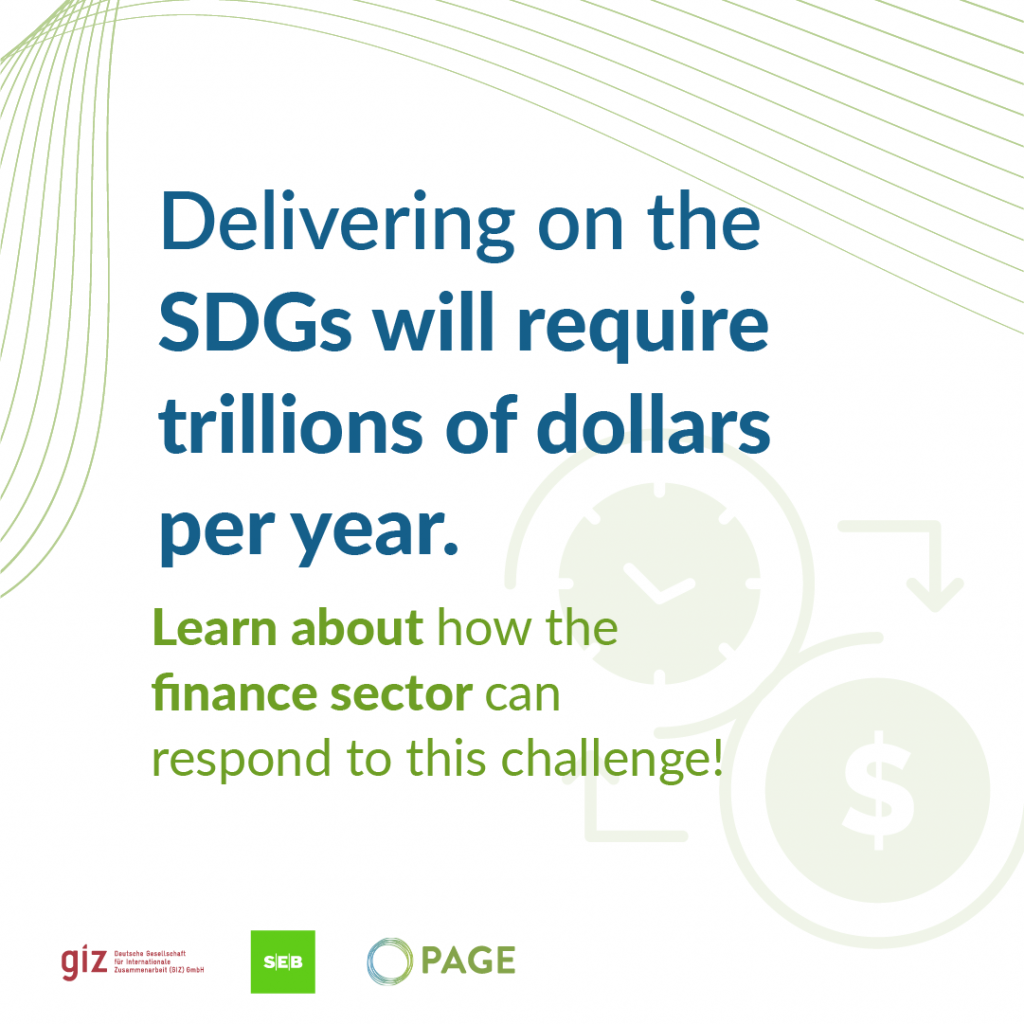The first UN CC:Learn Fireside Chat of 2025 brought together 218 alumni for an insightful conversation on climate finance with Asad Maken, Regional Public Climate Finance Advisor at UNDP. This exclusive event, part of the ongoing Fireside Chat series, provided a unique opportunity for participants to hear directly from an expert with over 25 years of experience in public finance, climate policy, and development planning. Moderated by Lisa Main from UNITAR, the session explored Asad’s career journey, the evolving landscape of climate finance, and the key challenges and opportunities in mobilizing funds for climate action.
The discussion covered pressing questions from participants, including why climate finance often remains a small portion of national budgets, how governments can engage private sector investors, and whether debt-related financial instruments like green and blue bonds should be prioritized over grant-based funding. The interactive nature of the event allowed alumni to engage with Asad and each other through the chat and via a dedicated Q&A function, making for a dynamic and enriching discussion.
Beyond exploring the broader climate finance landscape, the event also marked the official launch of the Scaling Climate Finance e-course, a new self-paced learning opportunity developed by UNDP Asia-Pacific’s Climate Finance Network in collaboration with UNITAR. The course is designed to equip professionals with the knowledge and tools needed to navigate the complexities of climate finance, whether they work in government, the private sector, or international organizations. Asad highlighted the motivations behind the course’s development, its intended audience, and the key takeaways learners can expect.
This Fireside Chat was not only a milestone as the 10th edition in the series but also a testament to the growing engagement of UN CC:Learn alumni in deepening their expertise on climate-related topics. By providing a platform for direct exchanges with leading experts, the series continues to support professional growth and capacity-building for individuals working to advance climate action worldwide. Stay tuned for the next edition as we bring more voices and perspectives to the forefront of critical climate discussions!










